Introduction
The Neo Forza brand is a relatively new player in the DRAM memory modules and flash memory products that established in 2018. However, its parent company Goldkey has been in the tech industry for over 21 years. Backing by the expertise of its parent company’s design and manufacturing, the Neo Forza is looking to compete in the enthusiasts markets with high performance products at an affordable pricing.
We previously reviewed the company’s SSD, the Neo Forza eSports NFP075 and today we will take a look at its high performance Faye DDR4-4600 2x16GB dual channel kit RAM.
Neo Forza Faye
Neo Forza carries both desktop and laptop memory modules. The company targets its memory toward gamers and enthusiasts that demand high performance memory module. Currently, Neo Forza has four lines of memory: Encke, Faye, Finlay, and Mars. Among them, the Faye is the top of the line model that delivers the highest clockspeed.
Specification
The Faye is available in frequency ranges from 3,000 MHz all the way up to 5,000 MHz. It is available in storage capacity from 8GB, 16GB, 32 GB and 64GB and in in single, dual, and quad channel configuration. Our review unit is the 2x16GB DDR4 at 4600 MHz.
Shipped in a typical see through plastic clamshell packaging, the Faye requires minimal effort to open and no special tool is needed.
The DIMM module has black PCB with black aluminum heatspreader. The Neo Forza logo sits on the front and center of the heatspreader. The log is integrated into the heatspreader’s graphic design where the entire thing looks like a falcon with its wings spreading out. Pretty neat design.
The heatspreader is two pieces of thin aluminum with open top taped to the memory module. It extends about 1 inch above the memory module, which potentially may pose some clearance issue if you are using a big CPU cooler. We did not have issue with our Noctua NH-D14, one of the biggest cooler available. The heatspreader is held via thermal tape that does not have the strongest adhesive. It does not take us a lot of effort to remove the heatspreader. Also, due to the heatspreader overhangs the memory module, if we pinch the top of the heatspreader with a bit of force, the heatspreader can easily detach from the memory module. It is something that we hope Neo Forza can improve in the future.
Removing the heatspreader and we can see that the memory of choice is SK Hynix H5AN8G8NDJRXNC. Sixteen chips are on both sides of the DIMM for a total of 16GB per stick.
To achieve the DDR4-4600 MHz speed, the motherboard needs to be able to drive the memory at 1.5 volts, which most midrange board should be able to do. The timing of the RAM also is kept at relatively loose at 19-26-26-46. One XMP profile is configured at the specified speed and timing. In addition, the JEDEC SPD of 2666 MHz is present though it is configured at rather high high latency timing of 19-19-19-43. We would appreciate a second profile at lower speed such as 3600 MHz as a fallback setting for motherboards that unable to work with the specified value.
In terms of aesthetic, the Faye is a no frills memory module. There is no shiny LED with ARGB effects or overly designed cooling solution. For me, I like the simplistic design and as long as the RAM lives up to its promise, I can live without the additional flares of the ARGB.
At the time of the review, the RAM is retailed at Newegg for 209.99 and it is backed with a limited lifetime warranty.
Overclock
Okay, let’s get the overclocking out of the way.
We install the Neo Forza Faye into our Asus TUF Gaming Z690 Plus WiFi D4 motherboard with Intel Core i5-12600K processor. The Intel’s Z690 chipset officially supports DDR4 up to 3200 MHz and most system should be able to run memory at 3600 MHz without much trouble. Running any speed beyond 3600 MHz will depend on the motherboard, the memory chip, and the memory controller. The Z690 has two gears for the memory controller. The gear 1 runs the memory controller and the frequency at 1:1 ratio, ie matches the memory controller to the memory frequency. The gear 2 runs the memory controller and the frequency at 1:2 ratio, ie the controller runs at half of the speed of the memory frequency.
As expected, with the default clock of 4600 MHz speed, the memory controller for our system needs to be at gear 2. Even with the XMP profile, running the memory at such high speed sometimes requires a little tinkering. Luckily for us, the Neo Forza Faye and the Asus TUF board we used in the test works without any trouble as soon as we enabled the XMP profile.
At default voltage of 1.5 V and timing, we could not edge out much extra speed out of the RAM. So we upped the voltage slightly to 1.55 volts. This allows us to push the memory to 4800 MHz, which is 200 MHz from the default speed. We could probably raise the voltage higher to 1.6 V and tweak few more settings to push the RAM a little further. However, without more cooling, we did not want to risk of damaging the hardware. Given to the fact that Neo Forza has already pushed the RAM quite far and able to edge out 200 MHz out of it is not too shabby.
Since running the memory at gear 1 leads to lower latency, we decided to see how far we are able to push the RAM at gear 1 setting. At default voltage of 1.5V and stock timing, we are able to push the memory to 4000 MHz and system is able to boot to the BIOS. However, the system failed to boot into Windows. So we had to lowered the clockspeed a tad to 3800 MHz for the system to boot stable in both BIOS and Windows. Once we have found the sweet spot for the clockspeed, we then tried to lower the timing and were able to get the RAM to run at 16-20-20-40 from the default 19-26-26-46.
Testing results
AIDA64

When comes to latency, tighter timing is always preferred. And here you can see that running the memory at 3800 MHz with 16-20-20-20-40 timing yields lowest timing of 57.3 ns.
When comes to encryption, there is small benefit with the faster RAM.
Geekbench
Geekbench single core prefers low latency whereas the multi-core really prefer higher frequency. We get about 7% improvement with the RAM running at 4800 MHz compare to 3600 MHz.
Rendering
We use Cinebench R23, Blender 2.931, and Corona 1.3 to test the rendering tasks.
Similar to what we saw with the Geekbench, the Cinebench also shows that low timing is preferred for single core while high frequency scales well with the multicore.
Keep in mind that lower score means better in this test. The score here is statistically tie.

Here, again, lower score means better performance. Clearly, running the memory at gear 1 with tight timing yield the best performance. We can see, however, that at the same timing, running the memory at 4600 MHz vs 3600 MHz do show a sheds off a few seconds of rendering time.
Web performance
For web performance, we run Google Octane and Mozilla Kraken. 

Gaming
Since integrated GPU is more affected by the memory speed than a discreet graphics, we ran the benchmark with the integrated GPU on our Core i5-12600K. 
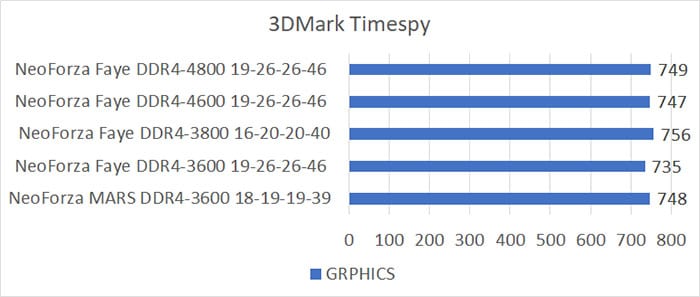
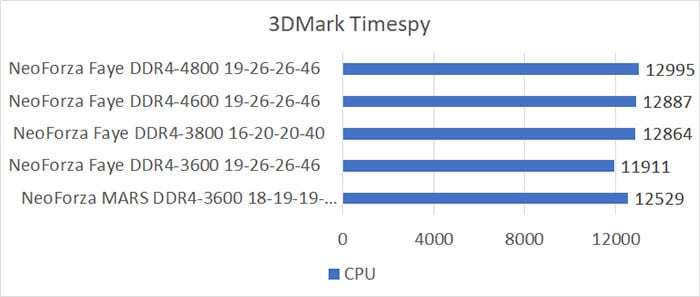
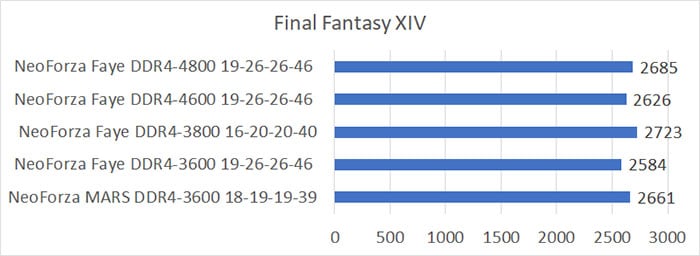
System Performance

Conclusion
Out of the box, the Neo Forza Faye DDR4-4600 worked without any hitch with the XMP profile, which for many people is all they need for their RAM. The fact that Neo Forza kept the timing on the RAM loose ensures that it has least compatibility issue with motherboards. While the requirement for 1.5V may worry some potential shopper, we are glad that Neo Forza is backing the memory with lifetime warranty. Thus, should there be any issue arise with these modules, you can sleep soundly that that it would be taken care of.
Aesthetically, the Neo Forza is not the flashiest memory out there. While this may turn away some buyer who demands RAM modules that offers exciting light show, some may find appreciate the more subdue look. Clearly, the Neo Forza Faye values performance over style. Instead of focusing on flashy features such as ARGB, Neo Forza spend on picking highly binned chip and testing it to ensure that it is able to deliver the high performance.

 Bjorn3D.com Bjorn3d.com – Satisfying Your Daily Tech Cravings Since 1996
Bjorn3D.com Bjorn3d.com – Satisfying Your Daily Tech Cravings Since 1996
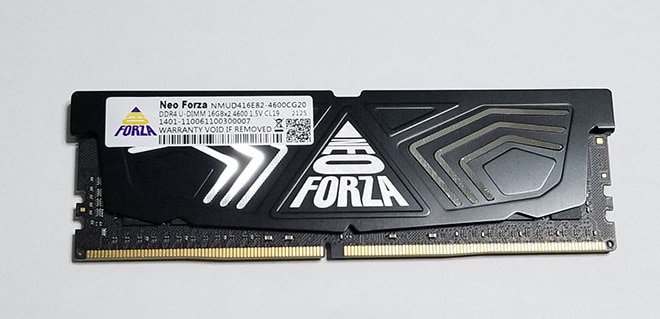


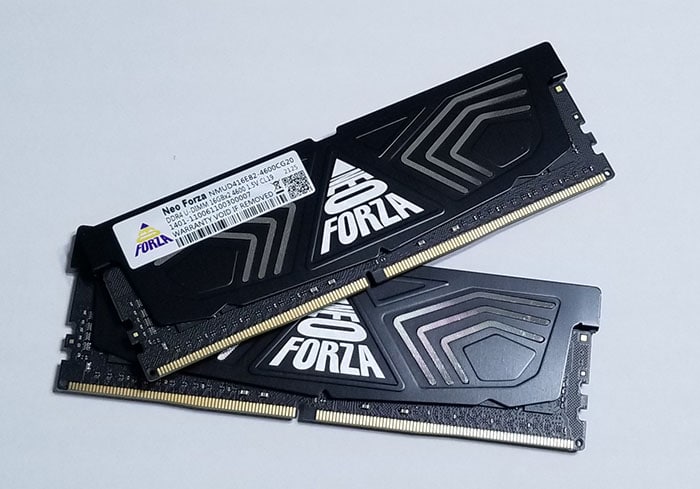

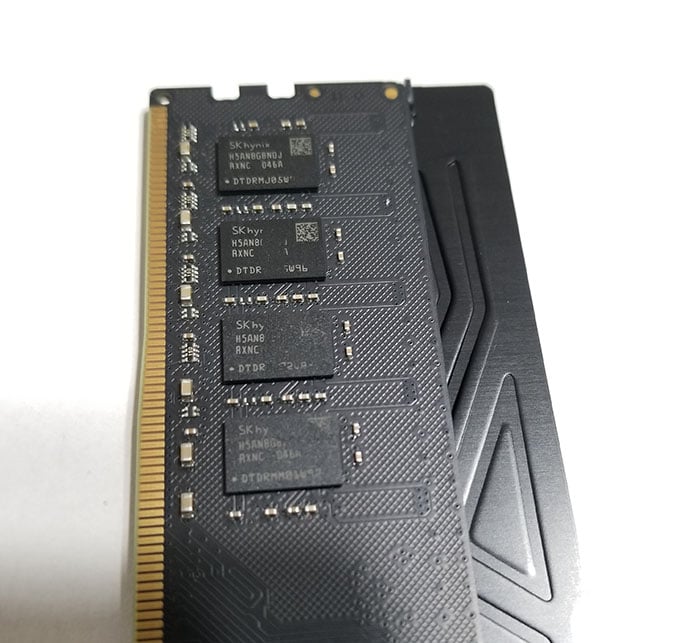

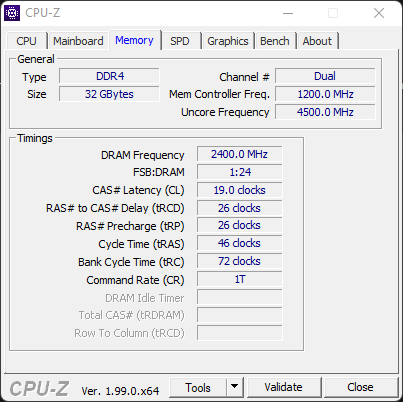

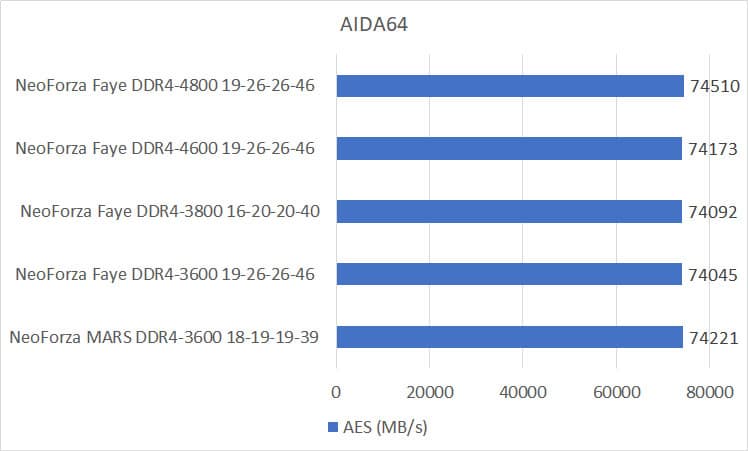
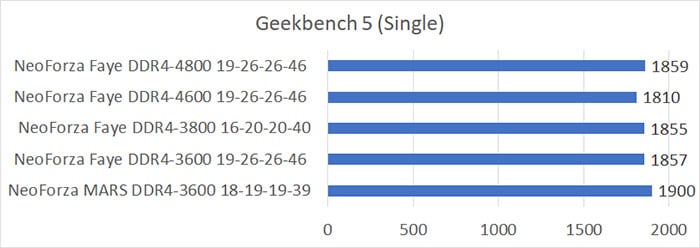
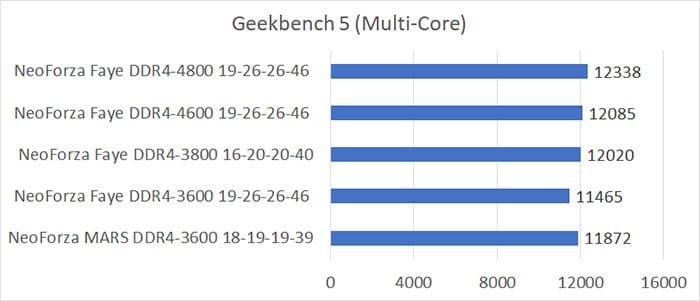
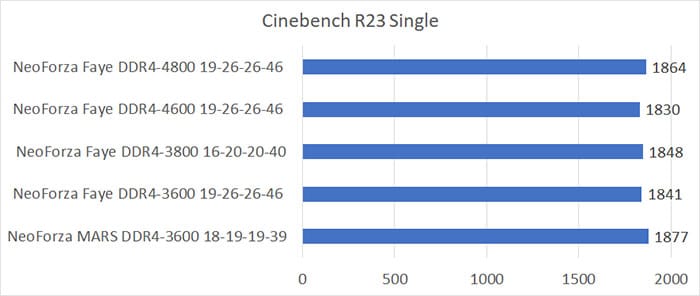
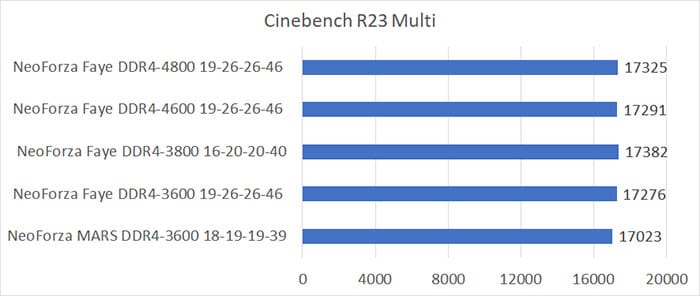





Hi guys! Newbie here, thanks for accepting me.
Very nice way to give good info for me
TNX!